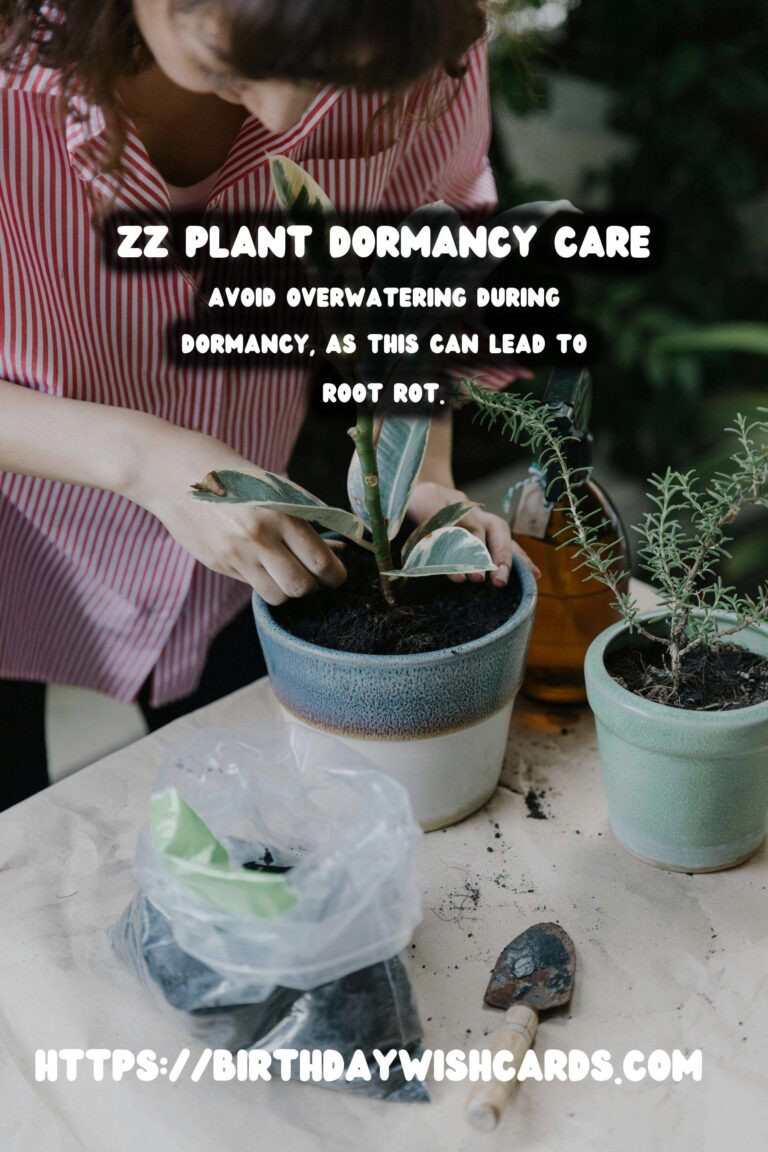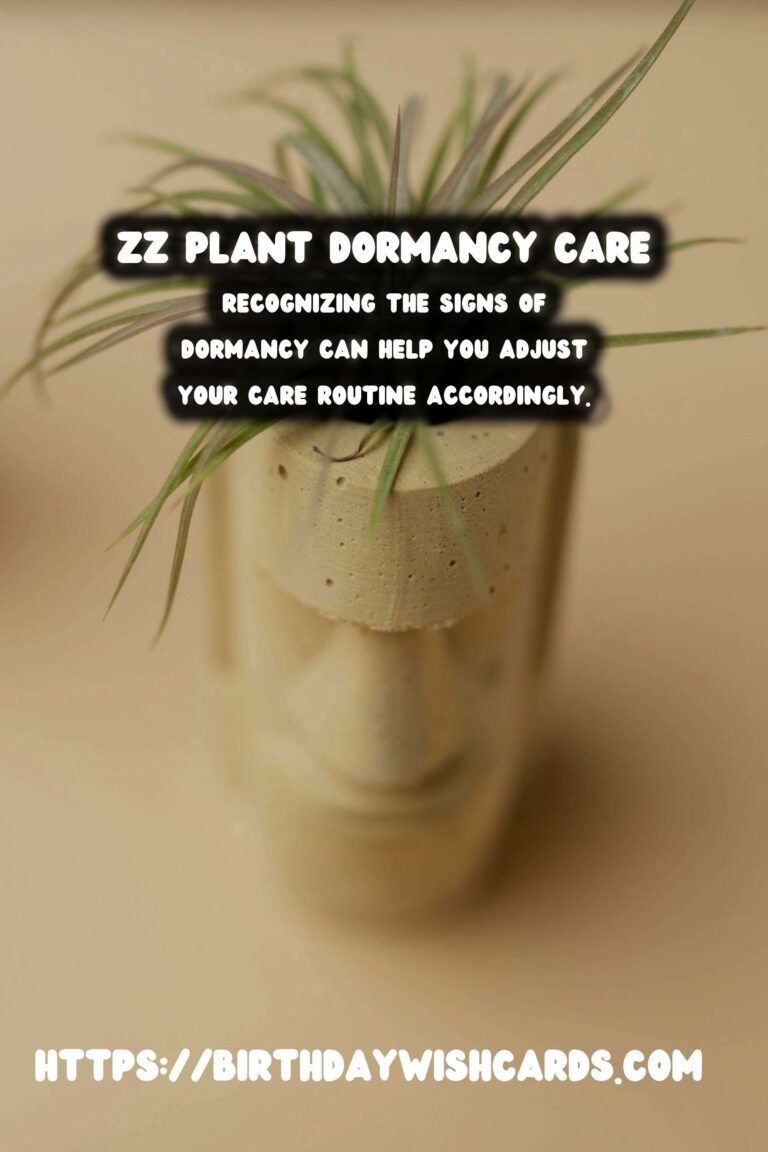
ZZ plants, short for Zamioculcas zamiifolia, are popular houseplants known for their glossy, dark green leaves and resilience. One of the key aspects of successfully maintaining a ZZ plant is understanding its dormancy period. This guide will help you navigate the dormancy stage, ensuring your plant remains healthy year-round.
What is Dormancy in ZZ Plants?
Dormancy is a natural cycle in which a plant temporarily slows down its growth and conserves energy. For ZZ plants, dormancy typically occurs during the cooler months when sunlight is less abundant. During this time, the plant’s metabolic processes slow down significantly, requiring less water and nutrients.
Signs Your ZZ Plant is Entering Dormancy
Recognizing the signs of dormancy can help you adjust your care routine accordingly. Common signs include slowed growth, yellowing leaves, and a decrease in water uptake. You may also notice the plant dropping some of its older leaves. These signs are normal and indicate that the plant is conserving energy.
Adjusting Care During Dormancy
When your ZZ plant enters dormancy, it’s crucial to adjust your care routine:
- Watering: Reduce watering frequency. Allow the soil to dry out completely between waterings to prevent root rot.
- Light: While ZZ plants tolerate low light, placing them in a bright spot can help them maintain vibrancy.
- Temperature: Keep the plant in a room with stable temperatures, avoiding cold drafts and sudden temperature fluctuations.
- Feeding: Refrain from fertilizing during dormancy as the plant is not actively growing.
Reviving Your ZZ Plant Post-Dormancy
As spring approaches and daylight increases, your ZZ plant will begin to wake from dormancy. You can gradually resume regular care:
- Increase watering frequency as the plant starts to grow again.
- Consider feeding the plant with a balanced houseplant fertilizer to encourage new growth.
- Rotate the plant periodically to ensure even light exposure.
With these adjustments, your ZZ plant will thrive and continue to be a lush addition to your indoor space.
Common Mistakes to Avoid
Avoid overwatering during dormancy, as this can lead to root rot. Additionally, do not be alarmed by leaf drop—it is a normal part of the dormancy process. Patience and proper care adjustments are key to successfully managing your ZZ plant during this period.
Conclusion
Understanding and accommodating the dormancy period of your ZZ plant is crucial for its long-term health. By recognizing dormancy signs and adjusting care routines, you can ensure your plant remains robust and beautiful. Remember, the dormancy phase is temporary, and with the right care, your ZZ plant will flourish once active growth resumes.
Dormancy is a natural cycle in which a plant temporarily slows down its growth and conserves energy. Recognizing the signs of dormancy can help you adjust your care routine accordingly. When your ZZ plant enters dormancy, it’s crucial to adjust your care routine. As spring approaches and daylight increases, your ZZ plant will begin to wake from dormancy. Avoid overwatering during dormancy, as this can lead to root rot. 









#ZZPlant #PlantCare #DormancyCare #Houseplants #IndoorPlants




